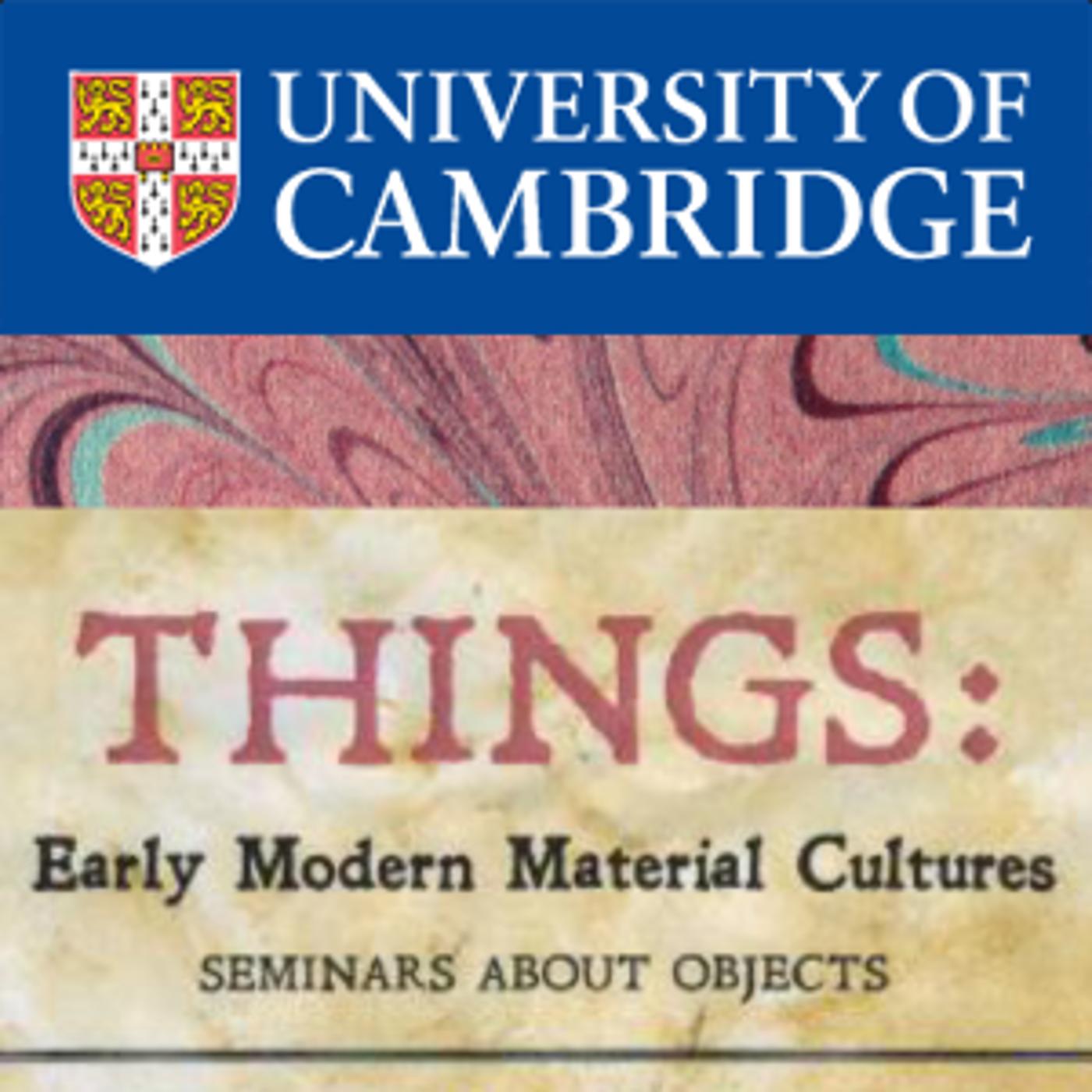Things - 13 June 2018 - Re-examining the Renaissance Object
Description
Dr Jane Partner (Cambridge)
Dr Irene Galandra Cooper (CRASSH, Cambridge)
Abstracts
Dr Jane Partner
Reading the Early Modern Body: The Case Study of Textual Jewellery
This paper presents part of the initial research for the book Reading the Early Modern Body, which seeks to bring together the many ways – both concrete and abstract – in which the body was presented and interpreted as a text during the sixteenth and seventeenth centuries. One of the central concerns of this research is to examine the ways in which the body could be made into a material text through the actual bodily wearing of language, something that might be achieved through script tattoos, embroidered clothing, inscribed busks, girdle books and textual jewellery. My aim in bringing together these diverse practices is to place them within the broader context of the other less literal but even more widespread practices of interpreting the body that were also framed as acts of reading. Gestures, physiognomic features and transient expressions could all be treated as languages of the body, and interpreting them was a social skill that was particularly necessary in a courtly environment.
My paper approaches some of these larger issues by taking the case study of textual jewellery, exploring the ways in which inscribed or letter-shaped jewels could act as markers of identity. The texts that they carry commonly commemorate gifts of love or patronage, advertise familial connections, or assert the piety of the wearer. Alongside examining some particular textual jewels and their depictions in contemporary portraiture, I will also consider literary references to this type of item – for example the motto that is ‘graven in diamonds’ around the neck of the deer in Thomas Wyatt’s poem ‘Whoso List to Hunt’. My discussion will suggest that the accomplishments of knowing how to present one’s own body so that is said the right things, and of how to accurately read the texts presented by other bodies, were crucial skills in the court environment, where corporeal reading operated within a complex, multi-layered network of symbolic reading and interpretation.
Jane Partner is a Fellow at Trinity Hall, Cambridge, where she carries out research on a range of literary and art-historical topics, often concerning the intersection between the two fields. Her first book is Poetry and Vision in Early Modern England (Palgrave, 2018). Arising from her current research for Reading the Early Modern Body, Jane is also planning another project about gems and jewellery in early modern literature. Both these enquiries relate to her own practice as a sculptor with a particular interest in the body and wearable art.
Dr Irene Galandra Cooper
Potent and Pious: Re-thinking Religious Materiality in Sixteenth-Century Kingdom of Naples
Combing through the inventories of early modern Neapolitans, I have been repeatedly struck by the ubiquity of objects made in rock crystal, hyacinth stones, emeralds, as well as other precious and semi-precious stones. Shaped as beads and threaded as rosaries, or formed as pendants carved with Christian images, these objects were highly prized for their outward aesthetics, their iconographies, but also for their curative powers. In them, the distinction between 'religion', 'art', and 'science' is elided: were they treasured for their beauty, their Christian association, or their inner virtues? Combining archival and material sources, I will examine in what ways portable devotional objects were perceived to be so powerful to be able to cure someone's body and soul, and who, across the social spectrum, could afford to tap into their potency. I will also ask how could one recognise its ingenious nature and if particular senses were more useful than others to inform these experiences.
Irene Galandra completed her doctorate as a member of the ERC-fun
More Episodes
Published 06/14/18
Professor Neil Kenny (University of Oxford)
Edwin Rose ( University of Cambridge)
Abstracts
Professor Neil Kenny
The mineral-hunters: Martine de Bertereau and her husband Jean du Chastelet
One kind of object dominated not just the life of Martine de Bertereau (1590–1643), but also her...
Published 06/08/18
Professor Regina Lee Blaszczyk (University of Leeds)
Professor Regina Lee Blaszczyk
The Secret Life of a Colour Card
Who decides the colours of the seasons, and why? This presentation explores the hidden history of colour prediction for the creative industries by exploring how a shade card is...
Published 05/23/18


